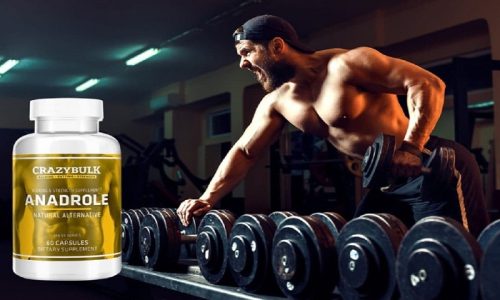
When it comes to working out and choosing the correct gym apparel to wear is the first thing, you can search online the best sports apparel companies to buy workout wear. there are a few things that need to be ticked off to make it a worthy wearable piece of clothing.
Style
Of course pretty much 9 times out of 10 the 1st thing you go by when looking for gym gear is the look & style of it. If it doesn’t tickle your fancy & look appealing to you then it’s on to the next one you go. First impressions really count in any clothing genre so you can bet your lucky stars most designers start with the aesthetics of a garment and work their way from there.
Finding the right people
In this day and age with so much competition in the clothing industry, generating sales really comes down to the marketing of a product. You can have the best product in the world but if people do not know about it then they can’t buy it. Notice I said “cant’ and not won’t. Purely because unfortunately without the correct marketing strategy and exposure you can’t even begin to analyse whether people will or won’t buy the product due to lack of sales and data.
So let’s get into some of the fabrics used in the fitness industry today.
The 4 Fabrics for Gym Wear
1. Cotton
Now cotton is a natural fabric and there are 5 types of cotton that are being grown around the world today. These include Egyptian, Sea island, American Prima, Asiatic and American Upland. The most commonly used is American upland which is made into many kinds of fabrics. It is so versatile that it is made to make both heavy canvas, t-shirts and expensive shirts. For a Gym t-shirt this is not the best material to be using. Although resilient and soft, it absorbs moisture, is slow drying, easily creased and has a lack of elasticity involved. When hitting the gym or performing physical fitness, range of movement is a huge factor. Therefore inhibiting this movement is not ideal to say the least. Having a stiff T-shirt will only create discomfort and disable you from your full range of movement. That being said, if it is a looser fitting style of T-shirt then you will have no problem getting manoeuvring around within your workout.
2. Cotton/spandex
This is a blend of… yep you guesses it, cotton and spandex. Or you may know spandex more for its name lycra. Most commonly the ratio is 95% cotton/5% spandex. This is a much more common fabric used for gym t-shirts across the whole spectrum of brands out there. The cotton gives it a durable and soft touch, coupled with the elasticity and stretch of the spandex. It holds its shape pretty well, and allows for a tighter looking t-shirt without the restrictions. Bare in mind fabrics can come in all different thicknesses. This is measured in Grams per Square Meter (GSM) For t-shirts a good lightweight grammage you will be wanting is anywhere from 150-190 GSM.
3. Nylon/Spandex
This is rarely seen in T-shirts but more so in leggings. Nylon is known as the silk of the synthetic world due to its soft and you guessed it ‘silk like feel’ Nylon is exceptionally strong, even stronger than its synthetic rival Polyester. These fabrics are both abrasion resistant and resistant to damage from most chemical. Unlike Cotton, Nylon tends to be wrinkle resistant and it stays resilient wet or dry with its sweat wicking properties. So the property of Nylon fabric screams activewear and when coupled with a spandex/lycra the outcome is immense. The only brand I witnessed and actually had cop one for myself that have this style of t-shirt in Mass Aesthetics. It was made up of 86% Nylon 14% Spandex and the material was unreal. It has a slight shiny look to it bringing out the awesome vibrant colour and the fit and stretch was just amazing. To this day after 6 months of wearing the t-shirt, the colour and shape is exactly the same. Unfortunately ladies…they only sell Gym Wear for Men, but this doesn’t mean they won’t branch out to female attire in the future.
4. Polyester & Polyester/Spandex
Polyester is similar to Nylon as it is a synthetic fabric meaning made from a series of chemical bonding processes which do not come from natural sources. This type of material can be seen a lot in compression wear and under garments. Along with Nylon it very strong, resilient, anti-wrinkle and has sweat wicking properties. Next time you are in a sportswear shop or if you own some sort of compression top or an under garment, browse at the fabric label and it will most definitely be made from either Nylon, Polyester or the formers blended with spandex/lycra.
With the spandex or lycra added to these fabrics, it gives them a great amount of stretch ideal for allowing the body to move in awkward positions without restrictions.
Woven or Knit
Now all fabrics are either knitted or woven depending on the job in hand. Woven fabrics are produced by weaving 2 sets of yarn and without the spandex/lycra installed they are quite stiff with not much stretch to them. Usually this style is found in button up shirts, jeans, denim jackets etc. Where as knitted fabrics are produced by interloping (knitting) one set of yarn. This process is common to create activewear as we know it such as T-shirts, leggings, and underwear. Even without the spandex/lycra knitted into the blend, knit fabrics tend to offer a superior amount of stretch compared to woven.




